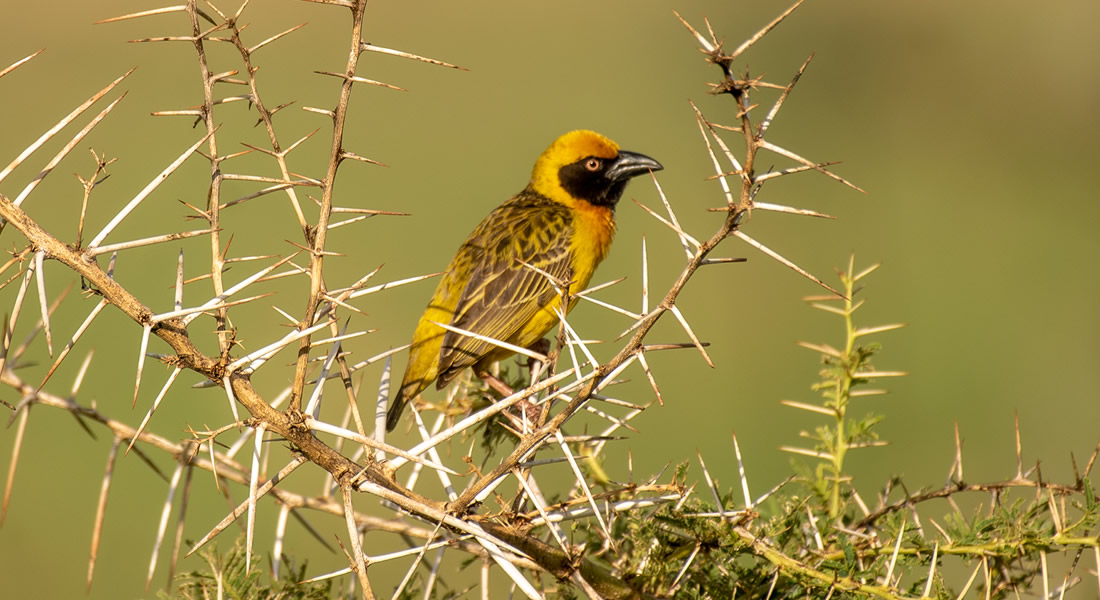Ajai Game Reserve is a small protected area that is located on the western bank of the Albert Nile in the Arua district in northwest at an elevation of 658 metres above sea level. It is made up primarily of woodlands, savannah, and swamps and is distinguished by a permanent island surrounded by swamps nourished by the rivers Acha and Ala. This makes it an excellent birding location for bird watchers. The Uganda Wildlife Authority, which is named after an African chief by the name of Ajai who personally oversaw the game reserve’s conservation and oversight during the colonial era in the 1930s, manages the Ajai Game Reserve. It was once home to Uganda’s severely endangered white rhinos, which became extinct as a result of widespread human commercial poaching.

It included 60 of the 80 Ugandan rhinoceros in 1965. The World Wildlife Fund set out an anti-poaching effort at the reserve, but the poaching continued. The rhinos that were the main focus of the game reserve’s protection didn’t endure the test of time, which had an impact on the tourist safaris that were organised around rhinos. Large-scale hunting of animals that were present in the park was caused by the area’s growing human population, particularly after independence. When rhinos discovered the market for ivory, which was easily accessible and tied to a nice salary and education from South Sudan, issues began to arise.
Because they don’t seek out danger, rhinos are easier to track than other animals while not being prone to assaults. Within a few years, the rhino population had drastically decreased, prompting a worldwide demand for rhino conservation. Despite this, a variety of wildlife, including hartebeests, black and white colobus monkeys, baboons, Sitatunga, Oribi, vervet monkeys, and a home to various bird species ideal for birding excursions, continued to inhabit the reserve.
The park has a total area of 148 12 acres, which was lowered in 2002 to accommodate human habitation because of a growth in the population. Poaching still occurs, but on a smaller scale, and a new agreement between the Uganda Wildlife Authority was created by establishing tourist facilities, roads, and lodging that offers security and general protection. The Uganda Wildlife Authority intends to move rhinos to the game reserve, however there is a delay in the restoration because of many factors, the foremost of which is the rhinos’ security.
Communities believe that once the rhino has been restored, they will regain pride in their ownership of the land, but this does not guarantee a return to previous behaviours that contributed to the extinction in the past. In fact, if the government is unable to relocate the rhino, the communities even prefer to farm on the game reserve. However, spot hunting is successful in the game reserve alongside other animal species. The ideal times to visit the park are during the dry seasons, which are January to February and July to September. Because the weather in Uganda is unpredictable, it may rain at any moment. The animals may be observed by taking a game drive or nature walk in the park.
The surrounding communities are rich in cultural values. One would want to see the norms and practices of other cultures, such as the Arakakraka dance, basket making, and other handicrafts. It is possible to combine a trip to Ajai Game Reserve with a trip to Murchison Falls National Park, which is located in northern Uganda and is home to the world’s most powerful waterfall and the largest conservation area in the country.
